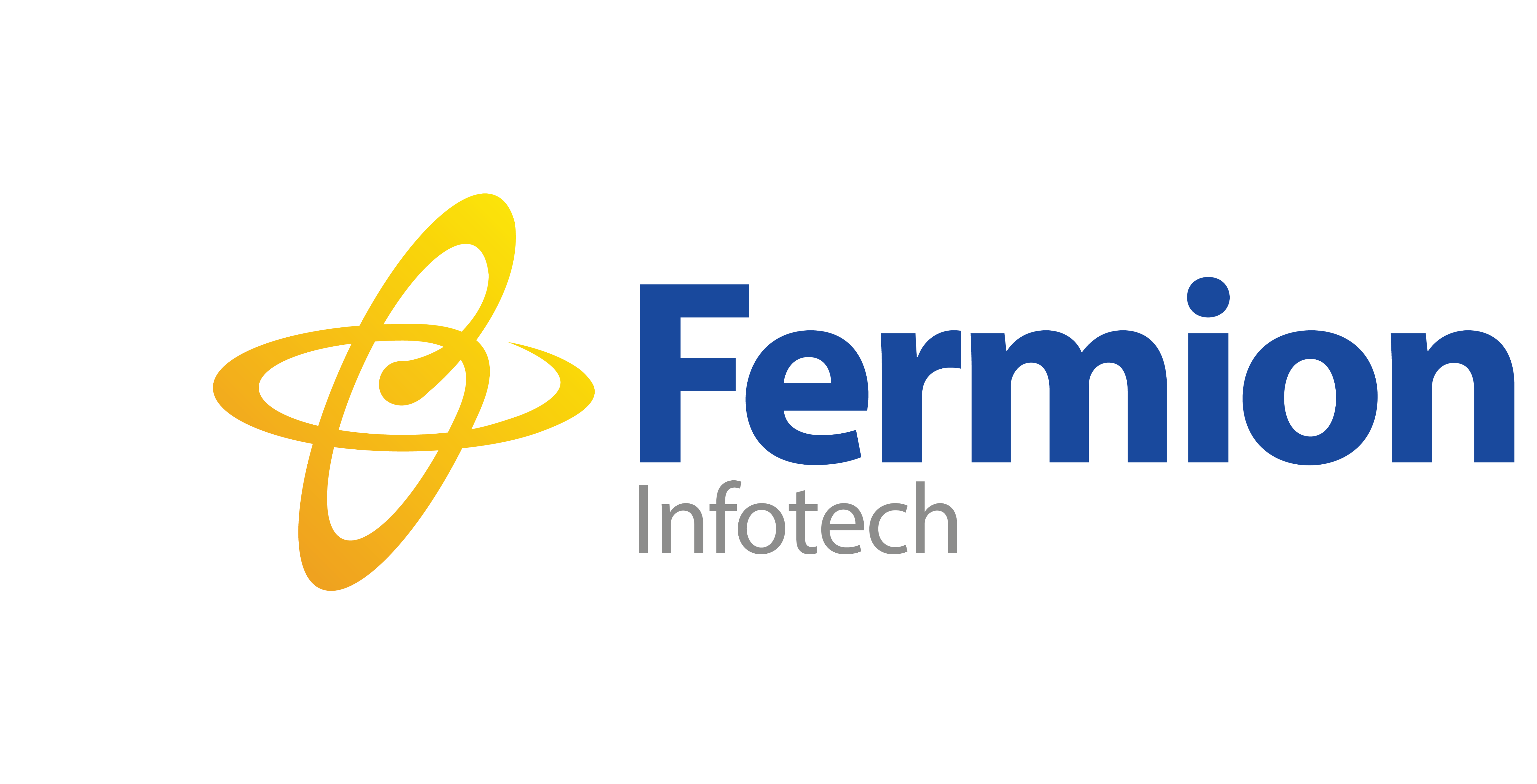eCommerce
Protected: Case Study for Nykaa and Nykaa Fashions:
Protected: Case Study for IndiaCircus:
Case Study for Invino – A wine retailer in the US:
Introduction:
Invino desired an online portal to manage sales for wine. They had an idea about a website which tracked, delivered and managed inventory for the warehouses. This process was integrated from their distilleries to the shops and to their customers.
Client Background:
Client Name: Invino
Industry: Retail
Year: 2012 – 2019
Challenges:
- An integrated system to manage inventory in warehouses and stores.
- Streamlining micro sites for sales and customer data.
- An automated subscription plan created for customers.
Project Scope:
Invino needed a custom website developed to manage inventory and sales for their wine sales in the US. Key objectives included:
- Online Store Development: Build a user-friendly, visually appealing online store.
- Product Catalog: Create a comprehensive product catalog with detailed wine descriptions.
- Ecommerce Functionality: Implement features such as product search, reviews, ratings, and secure payment processing.
- Inventory Management: Develop a system for real-time inventory tracking.
- User Accounts: Enable customer registration, order history tracking, and personalized recommendations.
Our Approach:
- Market Research: We conducted market research to understand customer preferences and competitive trends in the online wine retail sector in the US.
- Platform Selection: Based on the client’s needs, we selected a robust ecommerce platform that offered flexibility, scalability, and security.
- Design and Development: Our team of designers and developers collaborated to create an appealing and user-friendly website. We customized the platform to include features like search, product filtering, and customer reviews.
- Payment Integration: We integrated secure payment gateways to facilitate seamless transactions.
- Inventory Management: A real-time inventory management system was implemented for the warehouses to ensure accurate stock levels.
- User Accounts: We developed a user account system where customers could create profiles, track orders, and receive personalized recommendations.
- Subscription Plan: Separate algorithms were written for curating subscription plans with respect to the consumers preferences.
Results:
The launch of Invino’s ecommerce portal yielded impressive results:
- Improved Sales: Sales increased significantly as customers could conveniently browse and purchase wines online.
- Enhanced Customer Experience: The portal’s user-friendly design and personalized recommendations for subscription plans which led to higher customer satisfaction.
- Efficient Inventory Management: Real-time inventory tracking reduced the risk of stockouts and overstocking. And additions of features like weather forecasts for safety.
Conclusion:
The development and launch of Invino’s ecommerce portal successfully addressed their challenges and contributed to their growth in the competitive wine retail industry. The portal continues to evolve, providing a seamless shopping experience for wine enthusiasts.
Protected: Case Study for Godrej HUB:
Protected: Case Study for Aashni & Co.:
Are you ready for economic fluctuations this year?
The IT world thrives on deadlines and budgets, but the ground beneath can feel shaky when economic storms brew. Fluctuations, from recessions to inflation, can threaten project lifelines, leaving teams scrambling to keep afloat. Can we truly escape this economic rollercoaster? While complete avoidance is a mythical feat, strategic sailing can help us navigate turbulent waters.
- Planning and Flexibility:
- Build buffer: Include a contingency buffer in your budget (10-20%) to account for unexpected costs due to economic shifts.
- Phased development: Break down projects into smaller phases with defined deliverables and budget allocations. This allows for adjustments if needed.
- Prioritize ruthlessly: Focus on delivering core functionalities within budget and deadline, even if it means scaling back on non-essential features.
- Cost Optimization:
- Seek efficiency: Look for ways to streamline processes and optimize resource allocation. Automation and cloud-based solutions can help.
- Monitor and track: Regularly monitor expenses and identify areas for cost reduction. Use data analytics to make informed decisions.
- Alternative Funding Models:
- Subscription-based services: Offer subscription-based pricing instead of upfront costs, providing stable revenue and predictability.
- Value-based pricing: Align your pricing with the delivered value, making it more resilient to economic fluctuations.
- Partnerships and grants: Explore partnerships or grants that can supplement your budget and reduce upfront costs.
- Building Resilience:
- Diversify your portfolio: Having a variety of clients across different industries helps spread risk and minimizes dependence on a single sector.
- Focus on agility: Develop organizational agility to adapt quickly to changing circumstances and make swift decisions.
- Invest in talent: Upskill your team to ensure they have the skills needed to tackle challenges and navigate economic uncertainties.
- Communication and Transparency:
- Maintain open communication: Communicate openly with stakeholders about potential economic impacts and the measures you’re taking to mitigate them.
- Manage expectations: Set realistic expectations with clients and team members regarding potential adjustments to deadlines or budgets.
Remember, there’s no guaranteed formula for complete immunity to economic fluctuations. However, by adopting a proactive, flexible, and resilient approach, you can significantly reduce their impact on your project deadlines and IT budgets, ensuring your projects stay on track and within budget even in challenging economic times.
The best relief can be provided by the partnership you chose to build with IT teams, which help you focus on your goals and are well equipped to take the right decisions!
Conquering Choice Overload in the eCommerce Digital Beyond ?
Imagine a world where you can climb Mount Everest in your pajamas, own a virtual mansion, and attend a concert with pop stars who haven’t aged a day since the 90s. This isn’t a fever dream; it’s the Metaverse, the much-hyped digital realm where physical and virtual realities collide. But amidst the endless possibilities, a curious paradox emerges choice overload.

In the Metaverse, you’re not just bombarded with products; you’re bombarded with entire realities. Each digital path promises unique experiences, but with every new portal, the decision fatigue grows.
This “metaverse paradox” poses a significant challenge for users and businesses alike. How do we navigate this boundless ocean of options without drowning in indecision? How do brands stand out in a virtual marketplace overflowing with experiences? To conquer this digital Everest, we need a map, here’s how you can possibly navigate:
- Community Curation: Harness the power of user-generated content by allowing communities to recommend their favorite metaverse destinations, build collaborative virtual spaces, and share curated experiences. This grassroots approach injects authenticity and relevance, cutting through the noise of corporate marketing.
- Personalized Recommendations: AI-powered algorithms can analyze user preferences and past experiences to curate experiences that resonate. Imagine a digital concierge suggesting adventures based on your hobbies, virtual worlds with aesthetic styles you’ve shown appreciation for, and events featuring your favorite creators.
- Prioritize Discovery over Consumption: The Metaverse shouldn’t just be about shopping and acquiring; it should be about exploration and discovery. Let’s create virtual spaces that encourage curiosity, learning, and social interaction. Think immersive educational tours, collaborative art projects, and interactive storytelling experiences that push the boundaries of narrative.
By implementing smart solutions that prioritize personalization, community, quality, and discovery, we can transform the Metaverse from a labyrinth of options into a playground of meaningful experiences. So, grab your virtual compass, fellow explorers, and let’s navigate this exciting new frontier together. Remember, it’s not about having the most options; it’s about making the most of the ones we choose.
